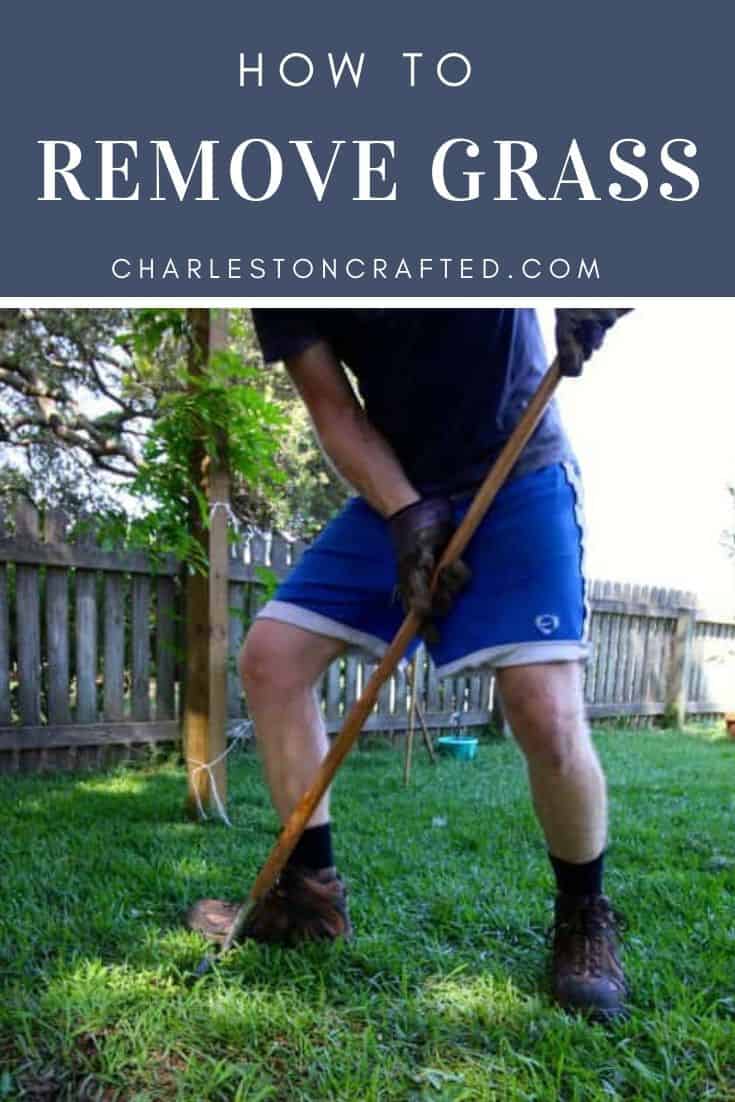Removing grass can be a daunting task for many homeowners and gardeners, but with the right approach, it can become a manageable and even satisfying project. Whether you're looking to create a new garden bed, prepare a space for landscaping, or simply eliminate unwanted grass from your yard, understanding the best methods for grass removal is essential. This guide will walk you through various techniques, tips, and tricks that will help you take control of your outdoor space and ensure a healthy environment for your plants.
In the following sections, we will explore the numerous methods available for grass removal, ranging from manual techniques to chemical options. Each method has its pros and cons, and the choice largely depends on your specific situation, the size of the area, and your personal preferences. Additionally, we will address some common questions and concerns, helping you to make the best decision for your lawn or garden.
Prepare yourself for a journey into the world of grass removal, where we will empower you with knowledge and practical advice. By the end of this article, you will not only understand how to remove grass effectively but also possess the skills to maintain your outdoor space in the long run. Let's dive in and discover the best techniques to liberate your garden from unwanted grass!
What are the Best Methods to Remove Grass?
When it comes to grass removal, several methods can be employed, each with its unique advantages. Here are some of the most popular techniques:
- Manual Removal: This involves physically pulling out the grass and roots from the soil. It’s labor-intensive but effective for small areas.
- Smothering: Covering the grass with materials like cardboard, mulch, or plastic to block sunlight can kill the grass over time.
- Chemical Herbicides: Using commercial herbicides can be a quick solution, but it’s essential to use them responsibly due to potential environmental impacts.
- Tilling: Turning the soil with a tiller can uproot grass and prepare the ground for new planting.
How Do You Prepare for Grass Removal?
Preparation is key to successful grass removal. Here’s how to get started:
- Evaluate the Area: Determine the size and density of the grass you need to remove.
- Choose Your Method: Select the most suitable method based on your evaluation.
- Gather Necessary Tools: Depending on your chosen method, gather tools such as shovels, rakes, or herbicides.
- Protect Your Surroundings: Ensure that nearby plants, trees, and structures are protected from the removal process.
When is the Best Time to Remove Grass?
The timing of grass removal can significantly affect its success. The ideal times to remove grass are:
- Spring: This is a great time as grass is actively growing, making it easier to pull out.
- Fall: Removing grass in the fall allows for better soil preparation for winter crops or spring planting.
Can You Remove Grass Without Chemicals?
Yes, it is entirely possible to remove grass without using chemicals. Here are some effective organic methods:
- Hand Pulling: This method is labor-intensive but ensures that you remove the entire root system.
- Solarization: Covering the area with clear plastic can trap heat and kill grass through intense heat.
- Mulching: Applying a thick layer of mulch can smother grass and prevent its regrowth.
How to Remove Grass Using a Tiller?
Using a tiller is a great mechanical method to remove grass efficiently. Here’s how to do it:
- Prepare the Area: Clear any large debris and mark out the area you wish to work on.
- Set Up the Tiller: Ensure the tiller is in good working condition and set it to the appropriate depth.
- Till the Soil: Begin tilling the area, making sure to cover all the grass.
- Remove Debris: After tilling, rake up the uprooted grass and roots.
What Should You Do After Grass Removal?
After successfully removing grass, it’s important to take the following steps:
- Level the Soil: Rake the area to ensure an even surface.
- Add Organic Matter: Incorporate compost or organic matter to enrich the soil.
- Plan Your Next Steps: Decide whether you want to plant new grass, flowers, or vegetables.
What Are the Common Mistakes to Avoid When Removing Grass?
Grass removal can be straightforward, but several mistakes can hinder your efforts:
- Not Removing the Roots: Leaving roots in the soil can lead to regrowth.
- Removing Grass During the Wrong Season: Choosing the wrong time can make the task more difficult.
- Neglecting Soil Preparation: Failing to prepare the soil can affect future plant growth.
Is Professional Help Necessary for Grass Removal?
Deciding whether to hire professionals can depend on several factors:
- Size of the Area: Large areas may require specialized equipment.
- Time Constraints: If you’re short on time, hiring help may be beneficial.
- Physical Limitations: If manual labor is a concern, consider hiring professionals.
In conclusion, learning how to remove grass can be a liberating experience for any lawn or garden enthusiast. By following the methods and tips outlined in this guide, you can effectively manage grass removal and create the outdoor space you desire. Remember to choose the right method for your unique situation and to prepare adequately for the task at hand. Happy gardening!
Effortless Elegance: Exploring Simple Prom Hair Dos
Unveiling The Charm Of The House Of Errors Hoodie
Mastering Jam Tracks In Battle Royale: A Complete Guide
/HowtoRemoveGrassfromYard-87a67b29c691497fb95b7c61069ff58e.jpg)

